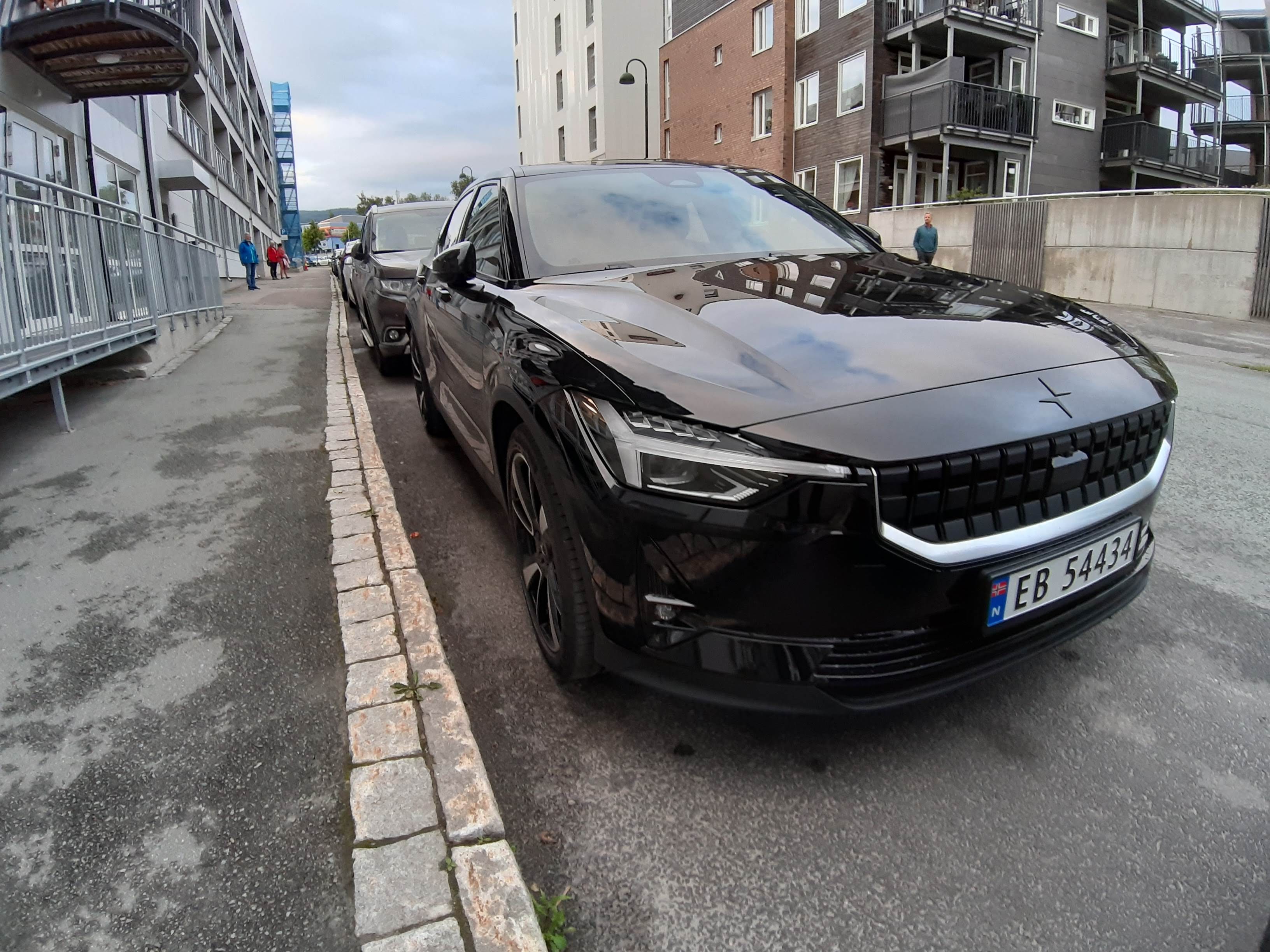
Batteries for the future
Batteries has been used since the year 1800. These days we use them in almost every kind of electric device. There are a multitude of technologies used for different purposes. You will find a lead-acid start battery in most petrol cars, but in modern hybrid cars and fully electric cars you will find a Li-Ion battery.
There is no doubt. Batteries are here to stay. But what is the advantages and disadvantages of modern batteries used in rechargable cars, ferries, power plants and so on?
Pros and cons
The pros are quite obvious. We often need to store energy in large quantities, and in those situations capasitors do not perform well enough. Capasitors are often rolls of two different metals (cathode +, and anode -) held apart with a oily paper (electrolyte). These capasitors can be charged and discharged and are often used in electrical circuits. Capasitors have difficulties keeping the charge over a long term, and here is where batteries enter the stage.
Batteries keep their charge for a long time. If we look at the battery development on power tools, we see that some years ago we had the Ni-Cd battery. The Ni-Cd battery did not withstand so many charges, and did not keep the charge over meny years. Later we got the Ni-MH battery that was better. But these days we have different types of Li-Ion batteries that are really good. The Li-Ion batteries keeps the charge for many years with low internal discharge, and they also can be charged over and over again.
The cons on the other hand is that modern Li-Ion batteries uses minerals and metals that are scarce and often connected to humanitarian conflicts and abuses.
Li-Ion batteries
Today there is only two types of Li-Ion batteries that is widely in use for cars, ferries, power plants and so on; the NMC (Nickel Manganese Cobalt) on many cars, but in larger installations, some cars (like the Tesla model 3) and also some power tools you will find the LFP (Lithium Iron-Phosphate) variant.
The NMC battery uses as we see cobalt, and this is a mineral that causes a lot of missery in the Kenya and Kongo region in Africa due to militia groups controling many of these mines in a very cruel way.
The LFP battery uses as we see phosphate, and phosphorous is a scarse mineral where 70% of the known resources is located in Vest Sahara, and are shipped out mostly controled by Marocco. As a main consern you might argue that phosphorous is also used to produse fertilizer (normally containing around 4%). Some years ago before the world started to fancy electric cars and big batteries for all kind of things, the estimaltes made for when we are going to run out of phosphorous was 30 to 100 years. As you can imagine no new estimates have been made after the production of LFP batteries skyrocketed.

The future of batteries
Many different types of battery compositions has been researched since the 1800’s, but we are going to focus on three types here now; the Lithium–sulfur batteriy (Li-S), the solid-state battery (FEST and similar technologies) and the LNMO battery (Lithium, Nickel, Manganese-Oxside).
Lithium–sulfur batteries performs very well for a while. Around 550Wh/kg compared to Li-Ion performing around 250 Wh/kg, but there is a problem that researchers has struggled with since the 1960’s; it oxidizes causing progressive leakage of active material from the cathode resulting in low life cycle of the battery.
The solid-state battery is when the electrolyte is a solid material. This include ceramics (e.g., oxides, sulfides, phosphates), and solid polymers. Low energy densities have prevented widespread application, but developments in the late 20th and early 21st century have caused renewed interest in solid-state battery technologies these days. Some of them still uses phosphorous, but hopefully it will be possible to develop a sustainable version without cobalt, phosphorous or litium.
LNMO batteries are also a promising consept that will allow avoiding both cobalt and phosphorous. Its main components is Lithium, Nickel, Manganese-Oxside. It is low in nickel content, and due to its normal three-dimensional spinel structure and electrochemistry it can deliver over 100 mA/g in up to 5V. Companies in Canada, Denmark and Norway is in the forefront of promoting this technology.
Recycling
These days, in 2021, only cobalt and litium is being recycled from the Li-Ion batteries.
Batteries is the future, but it is very discouraging that the production capacities of environmentally unfriendly Li-Ion batteries is skyrocketing. Environmental issues are by our company considered as not only CO2 emissions, but also the loss of lives and welfare mining cobalt and loss of protein growth on land and in the oceans when we run out of phosphorous. Remember that the human DNA and RNA consists of only 5 components: Oxygen, hydrogen, nitrogen, carbon and phosphorous!

